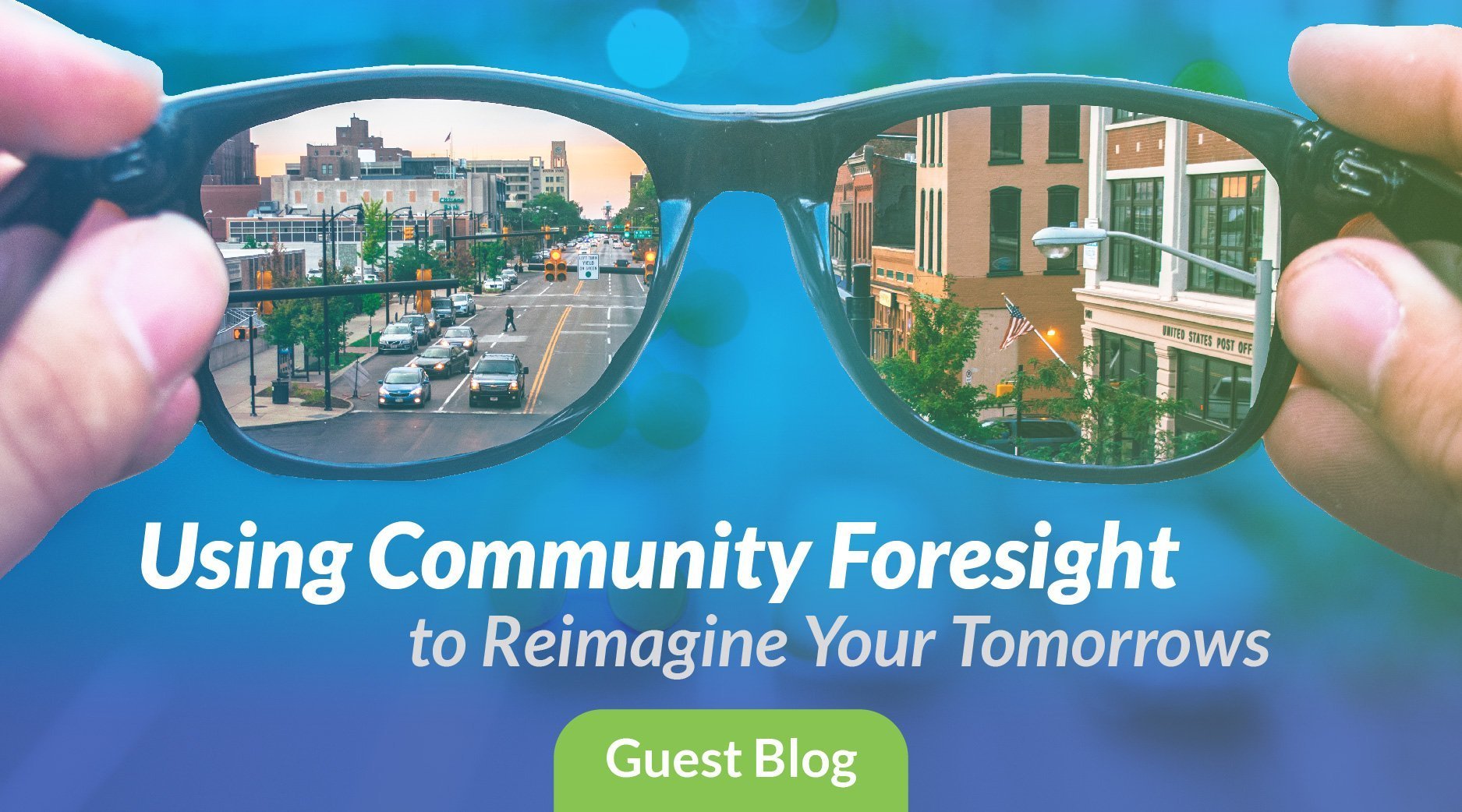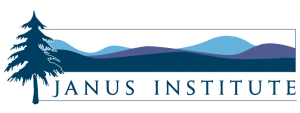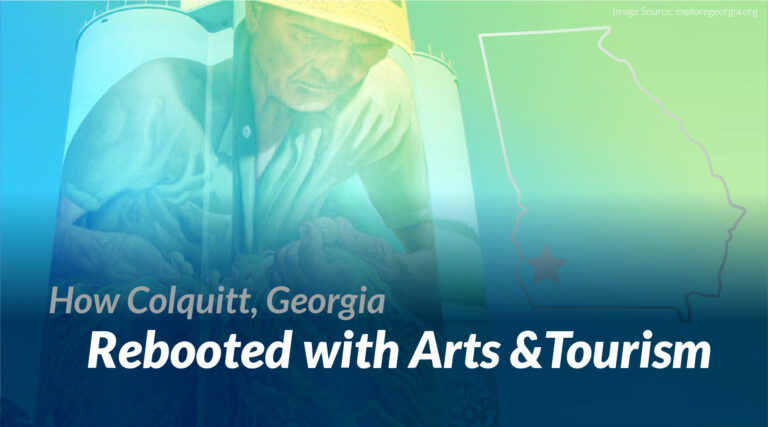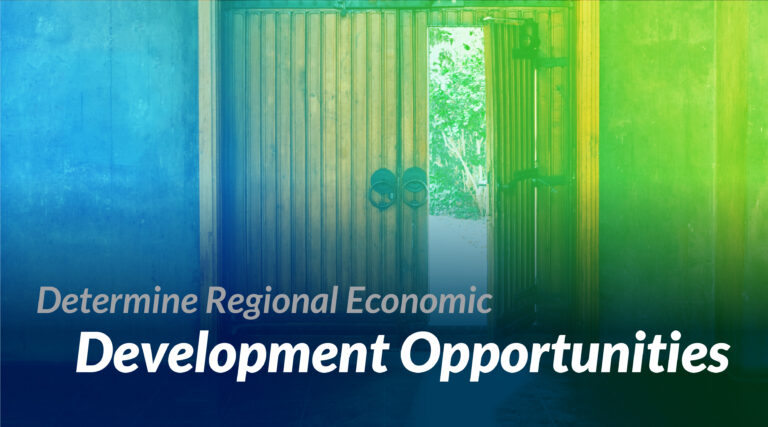 Have you heard the one about the guy who hopped in his car and drove around town one Sunday afternoon? Upon his return two hours later when his wife asked “where were you going?” he replied, “nowhere really, but I made good time!” Creating and implementing a strategic plan is a cornerstone of community and economic development. However, developing a “plan” without community vision, goals and objectives is doing just what the guy with the now skeptical wife did: drive around aimlessly and end up where you started. Visioning is a great exercise that can help bring a community together, but it should be realistic and achievable, as discussed in the accompanying blog “Planning for Community Progress.”
Have you heard the one about the guy who hopped in his car and drove around town one Sunday afternoon? Upon his return two hours later when his wife asked “where were you going?” he replied, “nowhere really, but I made good time!” Creating and implementing a strategic plan is a cornerstone of community and economic development. However, developing a “plan” without community vision, goals and objectives is doing just what the guy with the now skeptical wife did: drive around aimlessly and end up where you started. Visioning is a great exercise that can help bring a community together, but it should be realistic and achievable, as discussed in the accompanying blog “Planning for Community Progress.”
Community visioning and planning should be based on three things:
- Knowledge of a community’s strengths and weaknesses;
- An understanding of the external environment and how it is changing; and, of course,
- What a community wants to achieve.
Developing a vision in a world with a rapidly changing economy, however, is akin to hitting a moving target. Tupelo, Mississippi was a typical southern town after WWII, but community leaders envisioned and helped initiate a new trend of southern industrialization. Decades later as many traditional manufacturing industries moved offshore, the community adapted again by teaming with two adjacent counties to develop a megasite which attracted a Toyota assembly plant.
Short of finding a reliable soothsayer or diviner, how does a community possibly anticipate how its external environment may change and impact its vision for the future?
- Joe Tankersley, a former Walt Disney Imagineer, suggests that communities should not just think of the future as a simple extension of the present. Instead, they should engage in “strategic foresight” and consider many possibilities. When Amazon began selling books online in 1994, who would have predicted that in 2019 it would account for almost half of a $560 billion e-commerce industry, or that it would create 25,000 jobs with one location decision?
- While no one can predict the future and its place in it with certainty, a community can be better prepared to deal with economic and social changes that do emerge.
The key to success is creating “flexible communities” that can adapt as conditions change. In other words, don’t make a widget, make a machine to make whatever kind of widgets are in demand. When all is said and done, that is really the essence of community development – the ability to adapt and change. Community development is not just an outcome, it is a process.
 Using Community Foresight to Reimagine Your Tomorrows
Using Community Foresight to Reimagine Your Tomorrows
Joe Tankersley
In today’s fast-moving world, it is easy for community leaders to find themselves trying to imagine solutions for tomorrow’s problems using today’s tools to crunch yesterday’s data. Community foresight can help leaders better anticipate the unexpected and identify emerging opportunities sooner and more reliably.
What is community foresight? The practice grew out of the strategic foresight efforts first developed by government think tanks in the years following World War II. These newly minted futurists were given the task of creating long term plans in a world experiencing a massive surge in technological and social change. They quickly realized making useful strategic decisions required a better understanding of an increasingly complex set of possible futures. Strategic foresight offered a way to shift their point of view, from inside now to outside then, in hopes of making sense of their more uncertain future.
The natural tendency in strategic planning is to start from where we are today and project forward. The result is a vision of the future that can best be measured in terms of how it reflects the present. These visions typically underestimate the likelihood of significant disruptions caused by new technologies, societal shifts or economic surprises. Foresight intentionally begins from a different point in time, typically 10- to 20 years in the future. From this vantage point, we look back towards the present. This approach makes it easier to see beyond our typical horizons and discover potential disruptions that might result in a radically different tomorrow.
 A good example of this would be the different ways we might have viewed the introduction of the internet in the early 1990s. Seen as a linear projection from that present it was not expected to be a disruptive force. In fact, some well-respected experts predicted it would be little more than a passing fad. On the other hand, those who recognized that the internet was just a marker for an era of exponential technological growth came to a radically different conclusion. From that vantage point, it was much easier to imagine an economy dominated by digital giants, where early access to the information superhighway would be a competitive advantage for any community.
A good example of this would be the different ways we might have viewed the introduction of the internet in the early 1990s. Seen as a linear projection from that present it was not expected to be a disruptive force. In fact, some well-respected experts predicted it would be little more than a passing fad. On the other hand, those who recognized that the internet was just a marker for an era of exponential technological growth came to a radically different conclusion. From that vantage point, it was much easier to imagine an economy dominated by digital giants, where early access to the information superhighway would be a competitive advantage for any community.
While the purpose of strategic foresight is to provide planners with deeper insights into the future, the technique is not intended to predict the future. Indeed, the fundamental reason to employ this approach is the knowledge that in times of rapid change, predictions are rarely accurate.
 Foresight helps us to avoid the prediction trap by exploring multiple possible futures instead of trying to identify the future. The best foresight project creates scenarios that are widely divergent and often contradictory. The goal is not to imagine a handful of probable futures but to explore the entire range of relevant possibilities.
Foresight helps us to avoid the prediction trap by exploring multiple possible futures instead of trying to identify the future. The best foresight project creates scenarios that are widely divergent and often contradictory. The goal is not to imagine a handful of probable futures but to explore the entire range of relevant possibilities.
Armed with these possibilities the community planner can “look ahead, assess, strategize, deliberate and transform.” It is from this process of dialogue and deconstruction that the team can develop actionable insights. The discovery of common elements across divergent futures suggests strategies that will be most resilient in the face of change. The planning team uses these insights to move toward a practice of anticipatory governance with strategic plans that are both specific in long term goals and flexible in execution.
In an age where economic competition involves ever greater risk and demands even faster decision making, strategic foresight can give communities a substantial advantage in the race to be relevant, resilient and successful. It is not intended to be a crystal ball that you can use to predict the future but rather a tool that “gives you a better chance to get there early, ahead of your competitors.”

- How do you account for unanticipated disruptions in your strategic planning process?
- Have you experienced unanticipated disruptions (positive or negative) that have made your strategic plan outmoded?
- What are the barriers in your community to incorporating longer-term visions into shorter-term strategic plans?
We look forward to your input. Have some thoughts to the questions and content above? Feel free to post them in the comments below.
Sources:
¹Designing and Embedding a Strategic Foresight Capability, in Jonathan Boston (ed.) Governing for the Future: Designing Democratic Institutions for a Better Tomorrow (Public Policy and Governance, Volume 25) Emerald Group Publishing Limited, pp.379 – 422
²Johansen, Bob, Get There Early: Sensing the Future to Compete in the Present. Barrett-Kohler Publishers, San Francisco, 2007, pg. 143
About Joe Tankersley
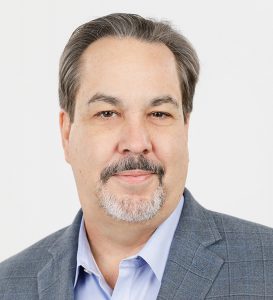 Joe Tankersley is a writer, futurist, and former Walt Disney Imagineer. He combines his broad experience as a storyteller with a deep knowledge of strategic foresight to help organizations create compelling visions for better tomorrows.
Joe Tankersley is a writer, futurist, and former Walt Disney Imagineer. He combines his broad experience as a storyteller with a deep knowledge of strategic foresight to help organizations create compelling visions for better tomorrows.
Joe was a writer/producer for Walt Disney Imagineering for 20 years. While there, he led creative teams on projects for Epcot, Magic Kingdom Park, Disney’s Animal Kingdom, Disney’s Hollywood Studios, and the Disneyland Resort in California.
Since the fall of 2014, Joe has applied the knowledge and skills gained by his years working for the world’s most successful entertainment company to help others “Imagineer their best tomorrows.” His clients include multinational corporations, major foundations, and community-based organizations. Recent projects have explored the future of the workforce, retail, sustainability, health, creativity, and aging.
![2021 Prosperous Places Logo [TM]](https://www.prosperousplaces.org/wp-content/uploads/2021/02/20210205_JI_PPTM-Logo.png)
